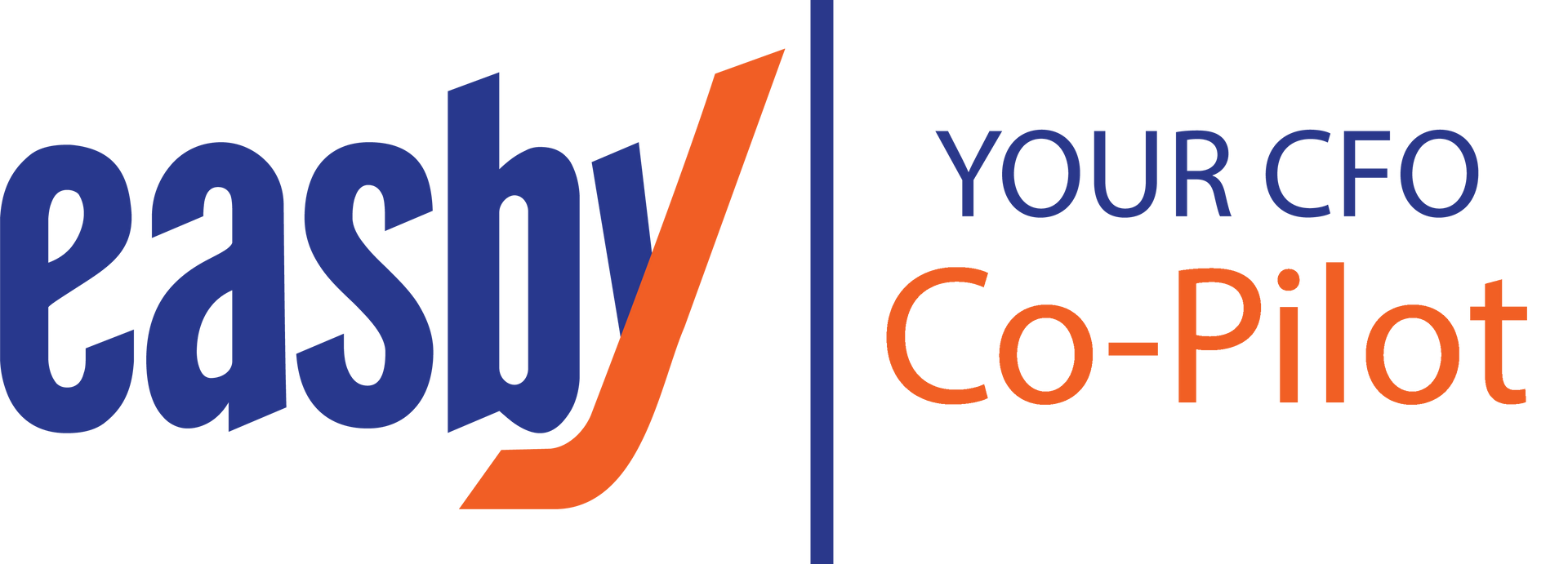Get to Know RFS’ Tax Partner Peter Stratos
Share this article:
Rose Report: Issue 39
 Rose Financial Solutions (RFS) is excited to introduce Peter Stratos, our new tax partner. With a commitment to delivering cost-effective solutions that meet RFS’ standard of excellence, Peter’s expertise enables us to strengthen and expand our domestic and international tax service offerings.
Rose Financial Solutions (RFS) is excited to introduce Peter Stratos, our new tax partner. With a commitment to delivering cost-effective solutions that meet RFS’ standard of excellence, Peter’s expertise enables us to strengthen and expand our domestic and international tax service offerings.
With more than 25 years of domestic and international tax experience, Peter knows first-hand the challenges individuals and corporations face across all sectors. His proactive tax planning and advice—along with his business acumen—consistently contribute to minimizing his clients’ overall tax burdens.
Prior to joining RFS, Peter was the founder and CEO of Stratos & Associates, PLLC. He is a CPA and a member of the American Institute of Certified Public Accountants (AICPA). Peter received a B.S. in Accounting from Liberty University and an MST in Taxation from George Mason University. As an industry expert, he is a frequent speaker for the AICPA and other organizations where he focuses on various international tax topics.
We sat down with Peter for a Q&A on RFS, his role as tax partner and what inspires him.
Q: What brought you to RFS?
A: I was intrigued and excited by RFS’ innovative approach to client service and the use of technology, not to replace the personal touch but to enhance services by enabling staff to focus on the client instead of the process. At Stratos & Associates we have always tried to be different in our own approach to tax planning and compliance and RFS fits well with our model. In addition, while we have always had a strong tax team, we were fielding more and more requests for accounting help and it was streching our capabilities to consistently provide excellent service. Teaming up with RFS was the right move—at the right time—not just for us, but also for our clients.
Q: Tell us about your role at RFS.
A: I will be bringing on our team of dedicated tax professionals and combining them with the team at RFS to lead the expansion and enhancement of RFS’ income tax and compliance efforts. We want RFS to continue to be the premier provider of financial solutions and I hope to make that an even more compelling case to existing and prospective clients.
Q: What inspires you?
A: I like solving clients’ problems and providing solutions that fit their needs — not a cookie cutter approach to tax planning. I am inspired by the client’s vision and want to help them reach their goals in ways that make sense not just from a tax perspective but also from a business and personal perspective.
Q: If you had to sum up RFS’ strengths in two points, what would they be?
A: I’ve only been at RFS for a couple months so I’m still learning about all the different things they do, but from what I’ve seen so far, RFS does an excellent job of communicating with clients on a regular basis and making sure clients understand and are comfortable with the services provided—as well as the results. The second main strength is the innovative approach to providing those services, even if it means having to invest in tools and resources to create something new to ensure the outsourced accounting and finance team can function efficiently and provide the desired information to the client.
Q: What is the best advice you ever received?
A: That’s a tough one, I’d say it would be to become an expert in something and surround yourself with other experts for the other areas. That’s what I feel the combination of Stratos and RFS has done. Combining our tax expertise with the expert team of outsourced finance and accounting professionals allows me to focus on the tax issues while providing a high quality of service in other areas.
Q: What do you like to do in your spare time?
A: I’m in the office a lot so when I’m not working I like being outside, whether it’s in the backyard or hiking the Shenandoah. I’m currently trying to hit all the national parks. I’m about a third of the way there so if I’m not reachable that’s probably where I am.
Learn more about Peter and our management team by visiting our website.
Visit Us On:





